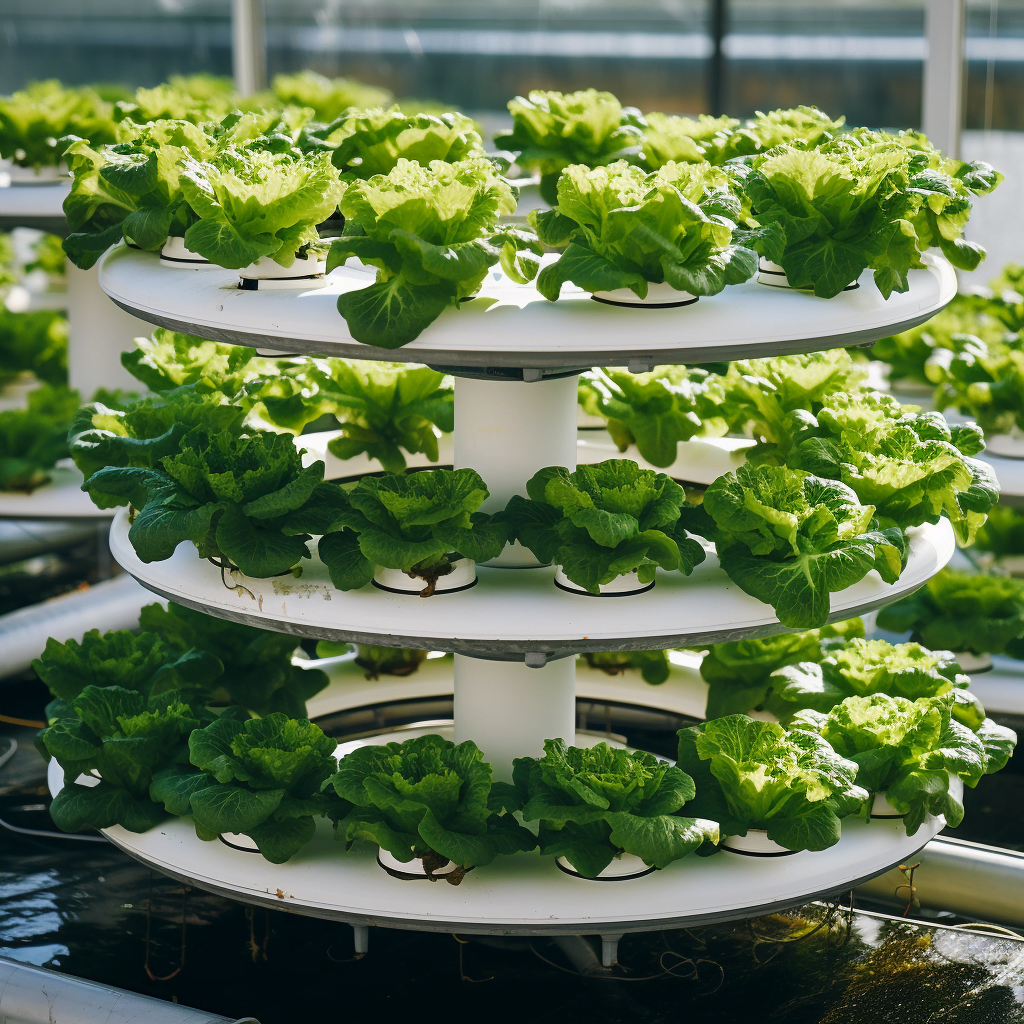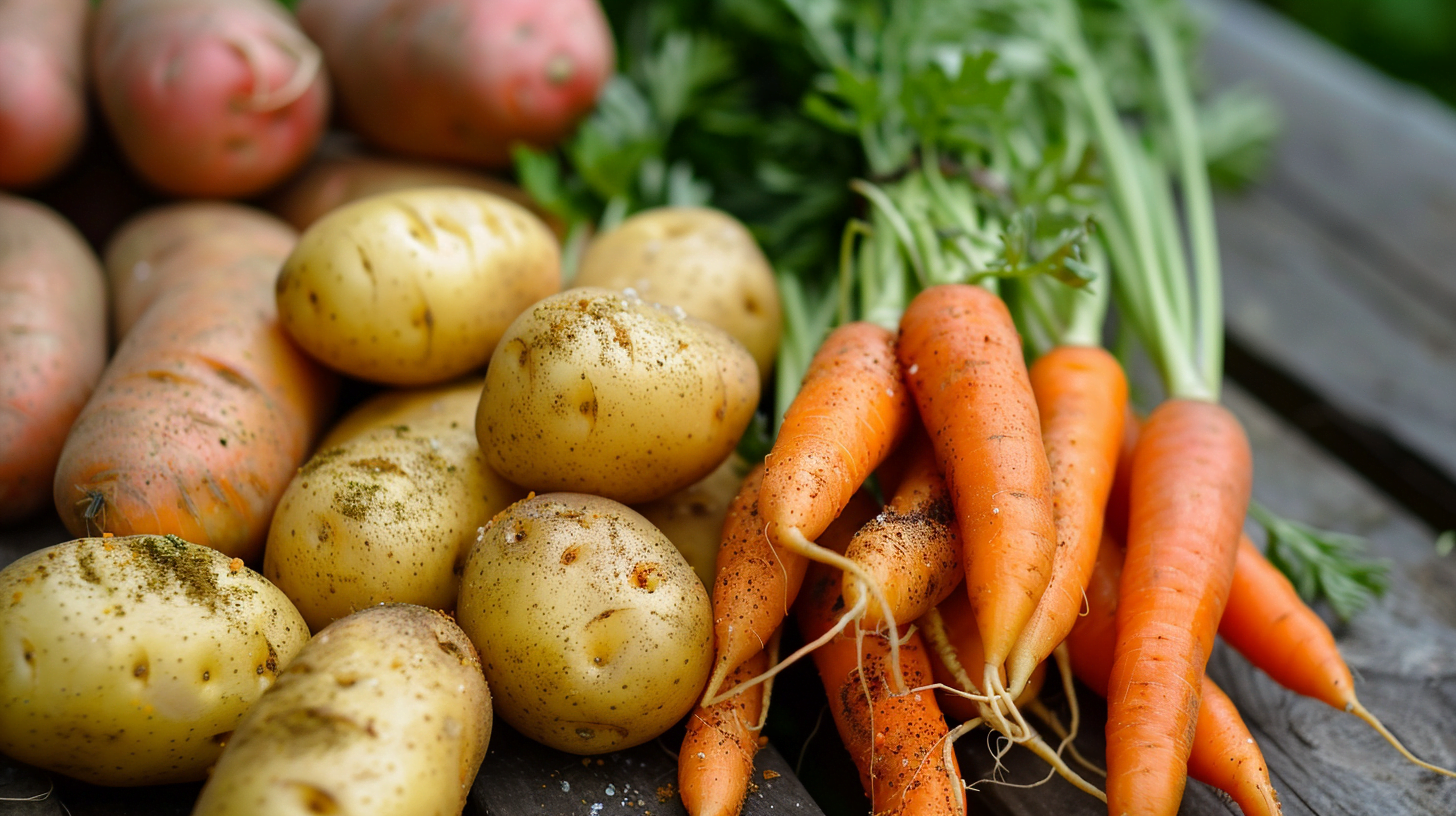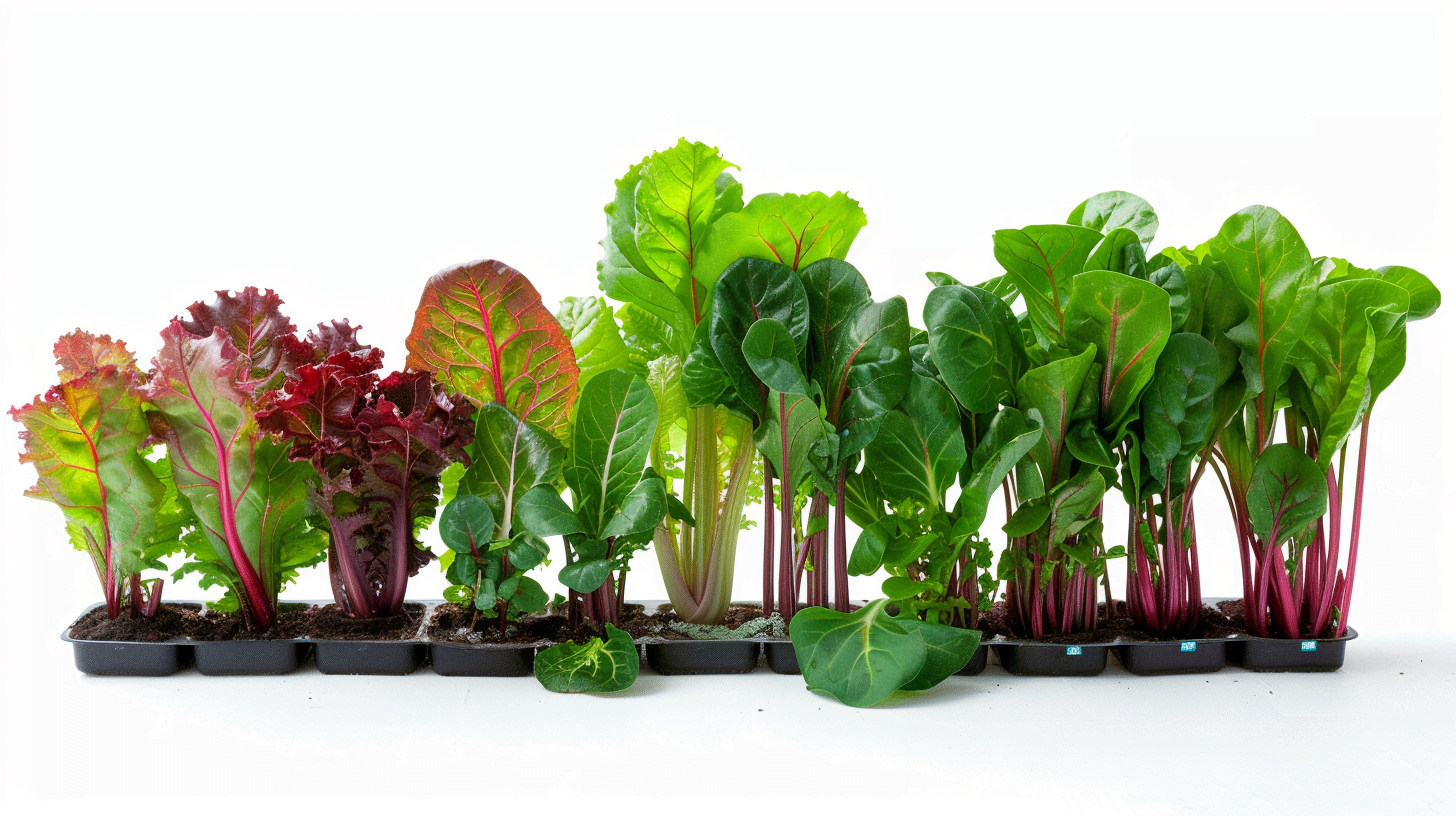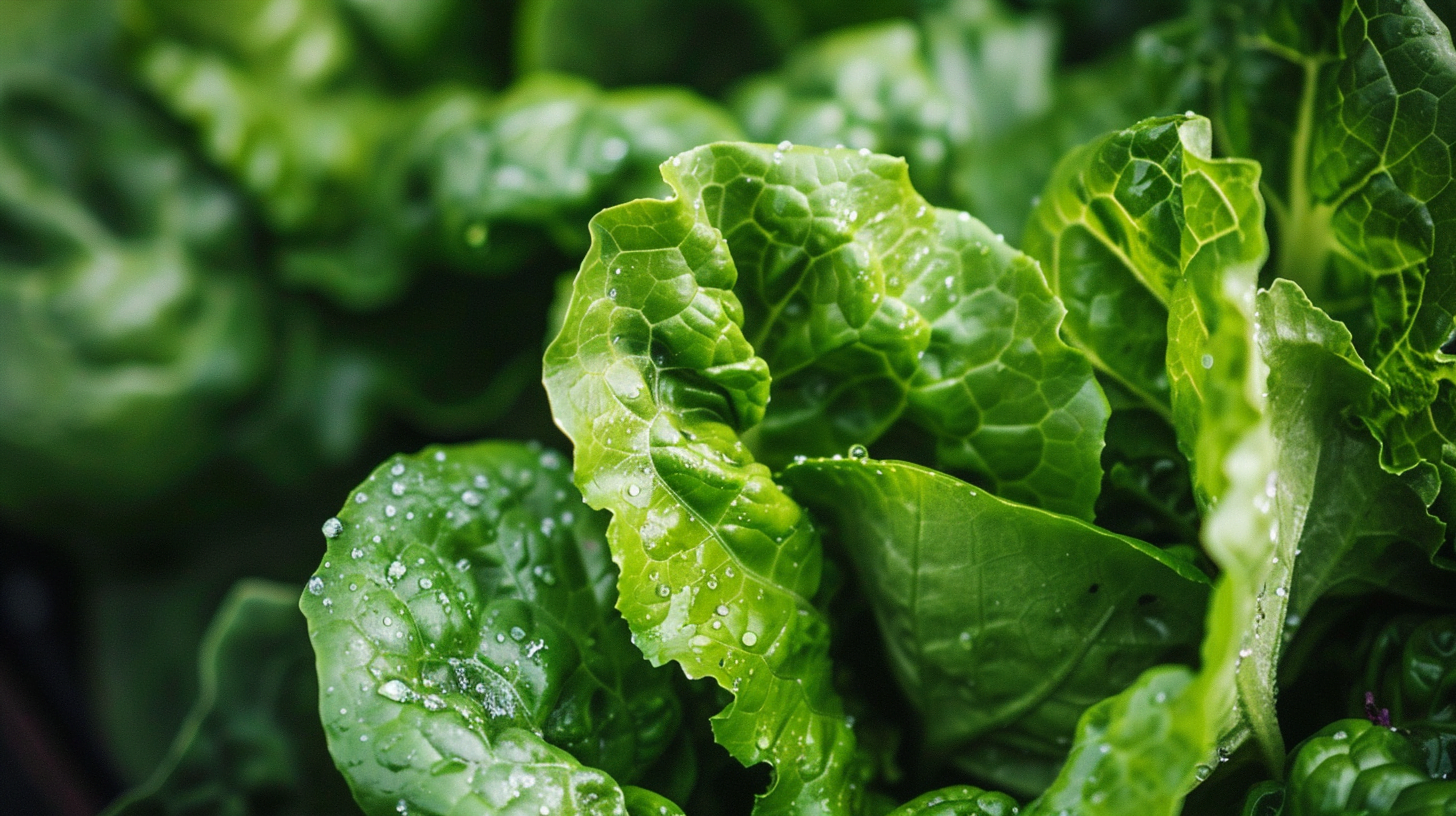Introduction
Hydroponic gardening, a method of growing plants without soil and using nutrient-rich water solutions, presents a fascinating question for enthusiasts and professionals alike: How long can hydroponically grown vegetables fruit? This innovative approach to gardening offers a unique set of advantages, including higher yields, faster growth, and efficient water usage. By exploring the concept of hydroponics, we can delve into the specific factors that determine the fruiting durations of vegetables grown in these soilless systems.
Short Answer
The fruiting duration of hydroponically grown vegetables varies significantly based on several key factors, including the type of vegetable, the specific hydroponic system used, and the environmental conditions maintained. For instance, tomatoes, one of the most popular hydroponic vegetables, can fruit for up to 9 months or more under optimal conditions. Factors such as lighting, nutrient management, pollination, and pruning play crucial roles in extending the fruiting period. Therefore, when considering the question, “How long can hydroponically grown vegetables fruit?”, it’s important to understand that while hydroponics can potentially extend the fruiting period beyond traditional soil cultivation, the exact duration depends heavily on the grower’s ability to optimize and maintain ideal conditions for each specific crop.
What is Hydroponic Gardening?
Hydroponic gardening involves growing plants without soil by using mineral nutrient solutions in water. With hydroponics, the roots are submerged in the nutrient-rich solution, allowing the plants to absorb everything they need to grow and thrive. Hydroponics enables higher yields, faster growth rates, less water usage, and precise control over nutrients compared to conventional soil gardening. It’s an extremely effective method for growing vegetables and fruits.
There are several main types of hydroponic systems:
- Deep Water Culture (DWC) – The roots hang down into an aerated nutrient solution reservoir. A common system using simple materials.
- NFT (Nutrient Film Technique) – A shallow stream of nutrient solution runs through growing channels. Roots sit in the channel.
- Drip Systems – Nutrient solution is dripped or misted onto the root zone from above. Medium helps retain moisture.
- Ebb and Flow (Flood and Drain) – Roots either flood or sit in runoff nutrient solution that drains back into a reservoir.
- Aeroponics – Plant roots are misted with a fine nutrient solution mist. Very high oxygen levels for the roots.
- Wick Systems – Absorbent wicking materials draw up nutrient solution to the roots from a lower reservoir. A passive sub-irrigation approach.
There are also fully automated systems with precise environmental controls ideal for commercial growers but requiring more investment. Simpler DIY systems work well for home hydroponic gardeners on a budget.
Compared to soil gardening, hydroponics gives the ability to perfectly tune the plant’s nutritional intake in the solution. Growth rates significantly accelerate with ideal conditions. Without the barrier of soil, roots absorb more oxygen leading to faster metabolisms.
Hydroponics requires paying closer ongoing attention to the plant’s needs compared to soil since the conditions are more artificial. But the level of control enables long durations of highly productive plant growth.
Vegetables that Can Fruit Hydroponically
Several common vegetables can be grown hydroponically and will continue flowering and fruiting for extended durations given the right conditions:
- Tomatoes – The most popular hydroponic vegetable. Tomato plants will keep flowering and producing tomatoes indefinitely with proper maintenance of the nutrient solution, lighting, and other factors. Certain continual harvest tomato varieties are bred specifically for prolific fruiting in hydroponics.
- Peppers – Pepper plants will continually produce peppers all season long when grown hydroponically. Ensuring adequate major and minor nutrients, managing the pH of the solution, and providing sufficient lighting will facilitate ongoing flowering and fruit development.
- Cucumbers – Cucumbers will keep flowering and fruiting for months at a time with hydroponics. Adequate levels of boron and calcium in the nutrient solution are especially important for strong flowers and fruit set. Pollinating the flowers is also essential.
- Squash/Zucchini – Zucchini squash will have a long flowering and fruiting period hydroponically with the right care. Key factors are proper nutrient concentrations and blossom pollination. The plants can churn out zucchini rapidly once flowering commences.
- Eggplant – Eggplants thrive in hydroponic systems, producing an abundance of fruits over a long harvest window. Optimal nutrition and greenhouse conditions will maximize yields.
- Beans – Bush bean varieties adapted to container gardening have extended fruiting periods hydroponically. Ensure adequate nitrogen and potassium levels.
- Strawberries – Ever-bearing and day-neutral strawberry cultivars will fruit repeatedly in hydroponics with ideal nutrition and lighting.
- Melons – Cantaloupe, honeydew, and watermelon can be grown hydroponically, producing numerous fruits given proper pollination and hive humidity.
With hydroponics, the fruiting durations far exceed what is possible in soil. The key is paying attention to each crop’s specialized nutritional and environmental needs and responding accordingly.
Factors that Affect Fruiting Duration
Several key factors influence how long hydroponically grown vegetable plants will continue fruiting:
- Plant Variety – Specific cultivars have been bred for extended harvests and continuity in hydroponic systems. Using one of these varieties will maximize fruiting duration. Look for descriptors like “continual producer.”
- Lighting – Ensuring adequate sunlight exposure or artificial lighting like LED grow lights is crucial for maintaining plant growth and fruit production long-term. Insufficient light will cause declining yields over time.
- Nutrition – Providing a continuously optimized, balanced mineral nutrient solution facilitates ongoing flowering and fruit development. Deficiencies or excesses of certain elements will result in reduced yields.
- Pollination – Some vegetables like peppers and cucumbers require their flowers be pollinated to form fruits. Using pollinating insects or hand pollination methods extends fruiting.
- Pruning – Strategically removing spent flowers, old growth, and developing fruits prompts the plant to produce new flowers and fruits to replace them. Don’t over-prune.
- Pest/Disease Control – Preventing and managing pest and disease problems helps sustain plant vigor and avoid declining yields. Use integrated pest management (IPM).
- Environment – Each plant variety has ideal temperature, humidity, airflow, and other environmental ranges for peak performance and fruiting duration.
- pH & EC Levels – Monitoring and controlling the pH and electrical conductivity (EC) levels of the nutrient solution are critical for optimal uptake.
- Aeration & Oxygenation – High oxygen levels in the root zone support vigorous growth. Use air pumps, ventilation, or other methods.
- Water Quality – Pure, contaminant-free water that is relatively neutral initially is best for hydroponics.
- Equipment Function – Ensure pumps, timers, lights, and other equipment are working properly to maintain conditions.
Lighting
Light is the energy source that drives photosynthesis and plant growth. Insufficient light will result in poor flowering, fruiting, and yields over time.
Natural sunlight is best where available, but supplemental grow lights are often needed, especially in winter. Use full spectrum LED grow lights to provide intense light tuned to plant needs with energy efficiency.
Track light levels with a PAR meter and adjust lighting as needed to align with each crop’s recommendations. Proper lighting is one of the top factors for prolific hydroponic fruiting.
Nutrient Solution Management
The mineral nutrient solution provides all the essential macro and micronutrients plants need. It must be continuously monitored and managed for peak efficiency.
Use a quality complete hydroponic nutrient formula as a base. Tailor concentrations to each plant’s needs following manufacturer guides. Lower levels earlier, higher during fruiting.
Check the pH and EC (electrical conductivity) levels daily using meters. Keep pH between 5.5-6.5 and EC appropriate for the crop growth stage. Add pH up/down solutions as required.
Replace reservoirs frequently to replenish nutrients and prevent salt buildups or pathogens. Top off with fresh solution to maintain levels.
Test for any nutrient deficiencies with water test kits and correct accordingly. Being diligent with the nutrient solution optimizes fruit production.
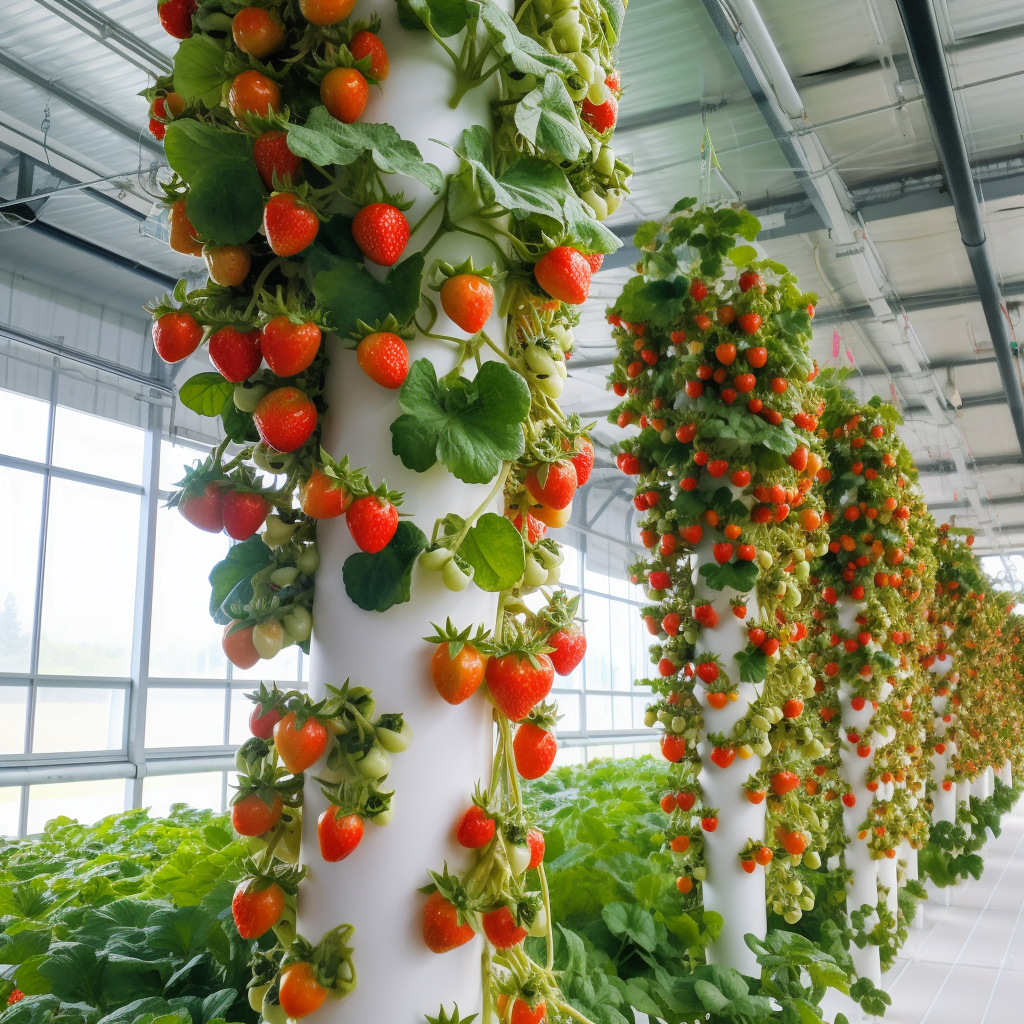
How Long Do Hydroponic Vegetables Actually Produce?
When properly maintained, hydroponic systems can achieve remarkably extended harvests of vegetables:
- Tomatoes – It’s possible to harvest tomatoes for 9 months or more before plant decline with some continual producer varieties. The key is pruning, training, and nutrient management.
- Peppers – Peppers will often fruit prolifically for 4-6 months, and extremely productive varieties may go even longer with optimal conditions. Bell peppers and chile peppers thrive.
- Cucumbers – Expect 2-3 months of harvests from each cucumber plant if well managed. They grow rapidly in hydroponics. Providing trellises boosts yields.
- Zucchini Squash – 1-2 months of flowering and fruiting is common for zucchini before the plant slows down production. But it fruits abundantly in that time.
- Eggplant – Given warm temperatures and good lighting, eggplant can be harvested for 5 months or longer in hydroponic systems before declining.
- Beans – Bush beans will produce tender pods for a 2-3 month crop period with ideal conditions. Replace plants periodically.
- Strawberries – Ever-bearing strawberries can fruit continuously for 6+ months hydroponically before runners are removed and plants replaced.
- Melons – Expect 3-4 months of harvests from each melon vine. Supplemental lighting extends production duration.
- Lettuces/Greens – Many types of lettuces, kales, and other greens can be cut for repeated harvests for 3 months or longer.
- Herbs – Prolific herbs like basil and mint thrive for 6+ month harvests in hydroponics before replacing plants.
With optimization and care, hydroponically grown plants yield for remarkably extended periods compared to soil cultivation. The duration ultimately depends on the specific vegetable variety, system maintenance, and
environmental conditions provided. But hydroponic gardens can produce bountiful vegetables for months on end with the right approach.
Maximizing Fruitful Harvests from Hydroponics
To get the longest periods of fruit production from a hydroponic vegetable garden:
- Select plant varieties bred specifically for extended harvests and hydroponic production. Look for descriptors like “continual producer.”
- Closely monitor and optimize the mineral nutrient solution to facilitate healthy, vigorous growth and flowering.
- Provide sufficient lighting – natural and supplemental if needed. Monitor light levels with a PAR meter.
- Control the temperature, humidity, airflow, and other factors to align with each crop’s ideal range.
- Use integrated pest management (IPM) strategies to prevent pests and diseases that could curb fruiting duration.
- Pollinate flowers by hand or with beneficial insects like bumblebees for fruits that require it.
- Prune strategically to remove old growth and prompt new fruit formation. Don’t over-prune.
- Start new seedlings on a staggered schedule for continuous production. Replace declining plants.
- Check plants daily for any signs of stress and correct issues immediately to avoid reduced yields.
- Provide proper physical support structures like trellises and guides for plant growth.
- Monitor root health and clean/replace equipment periodically to avoid root disease.
- Track all conditions and plant development details to refine the system and process.
- Invest in quality equipment and components for maximum longevity and reliability.
With consistent close attention to all facets of the hydroponic garden, prolific harvests can be maintained over the full crop lifecycle. Consistency is key – slight dips in conditions spell trouble.
Hydroponic Fruiting Duration for Specific Crops
Here is a more in-depth look at expected flowering and harvest times for some top hydroponically grown fruiting vegetables:
Tomatoes
- Fruiting Duration: 9-12 months
- Lighting Needs: At least 12-16 hours/day of intense light
- Key Nutrient Needs: High potassium, calcium, magnesium, micronutrients
- Pruning: Remove suckers and lower leaves/stems for continual new growth
- Training: Trellis, cage, or tie stems for support and even ripening
- Ideal Temps: 65-85°F
- Varieties: ‘Sweet Million’, ‘Evergirl’, ‘Cuppacino’, ‘Solar Fire’
Peppers
- Fruiting Duration: 4-8 months
- Lighting Needs: Minimum 14 hours/day
- Nutrient Needs: Higher nitrogen and calcium for fruiting
- Pollination: Tap or vibrate flowers daily for pollination
- Ideal Temps: 70-80°F nights, 80-90°F days
- Varieties: ‘King of the North’, ‘Blazing Saddles’, ‘Red Knight’, ‘Giant Marconi’
Cucumbers
- Fruiting Duration: 2-3 months
- Nutrient Needs: Sufficient boron and calcium
- Pollination: Honeybees or hand pollination
- Training: Trellis for easier picking and air circulation
- Ideal Temps: 65-75°F
- Varieties: ‘Picowell’, ‘Mini Munch’, ‘Tamra’, ‘Jawell’
Zucchini Squash
- Fruiting Duration: 1.5-2.5 months
- Lighting Needs: At least 14 hour photoperiod
- Pollination: Assist pollination using electric toothbrush
- Pruning: Prune excess leaves for air circulation
- Ideal Temps: 65-75°F
- Varieties: ‘Spineless Beauty’, ‘Green Machine’, ‘Revenue’
The Benefits of Prolific Fruiting from Hydroponics
Extended harvests of hydroponically grown produce offer many advantages:
- Higher Total Yields – More total fruits per plant over a longer crop time means higher productivity. Make the most of the growth duration.
- Year-Round Fresh Produce – Fruits through more of the year from controlled indoor conditions. Not limited by outdoor growing seasons.
- Enhanced Flavor & Nutrition – Hydroponic fruits often have superior flavor and nutrition than store-bought. Ripened on the vine.
- Targeted Timing – Production can be fine-tuned to get fruits during peak pricing seasons for potential sales.
- Supplemental Income – Revenue source from selling extra produce from small-scale home systems. Hydroponics provides higher yields in limited space.
- Gardening Satisfaction – The pleasure and sense of self-sufficiency from harvesting homegrown fruits for months. Getting the most from your efforts.
- Locally Grown – Consuming produce grown steps away reduces environmental impacts of long-distance food transport.
- Lower Resource Use – Hydroponics requires less water and land than conventional farming for the same yields.
With the right varieties, system maintenance, and care, hydroponically grown vegetable plants can be extremely prolific fruit producers for extended durations. The increased yields and duration of harvests are some of the major benefits of growing vegetables hydroponically compared to conventional methods.
Final Thoughts
When properly managed, hydroponic systems allow vegetable plants to keep flowering and producing abundant fruits for months on end. Pay diligent attention to lighting, nutrients, pollination, pruning, and environmental conditions to maximize the length of highly productive harvests.
With smart variety selections, staggered planting schedules, and consistent system maintenance, a steady stream of ripe, flavorful vegetables can be enjoyed long past typical outdoor growing seasons. Hydroponics unlocks the full genetic potential of plants to continuously flower and fruit.
If you’d like to get started growing your own fruits hydroponically, simplify begin with a small home system for tomatoes, peppers, or herbs. Then expand and refine your setup over time for a year-round bounty of homegrown produce. The results of thriving, long-fruiting hydroponic vegetable plants are extremely rewarding.
